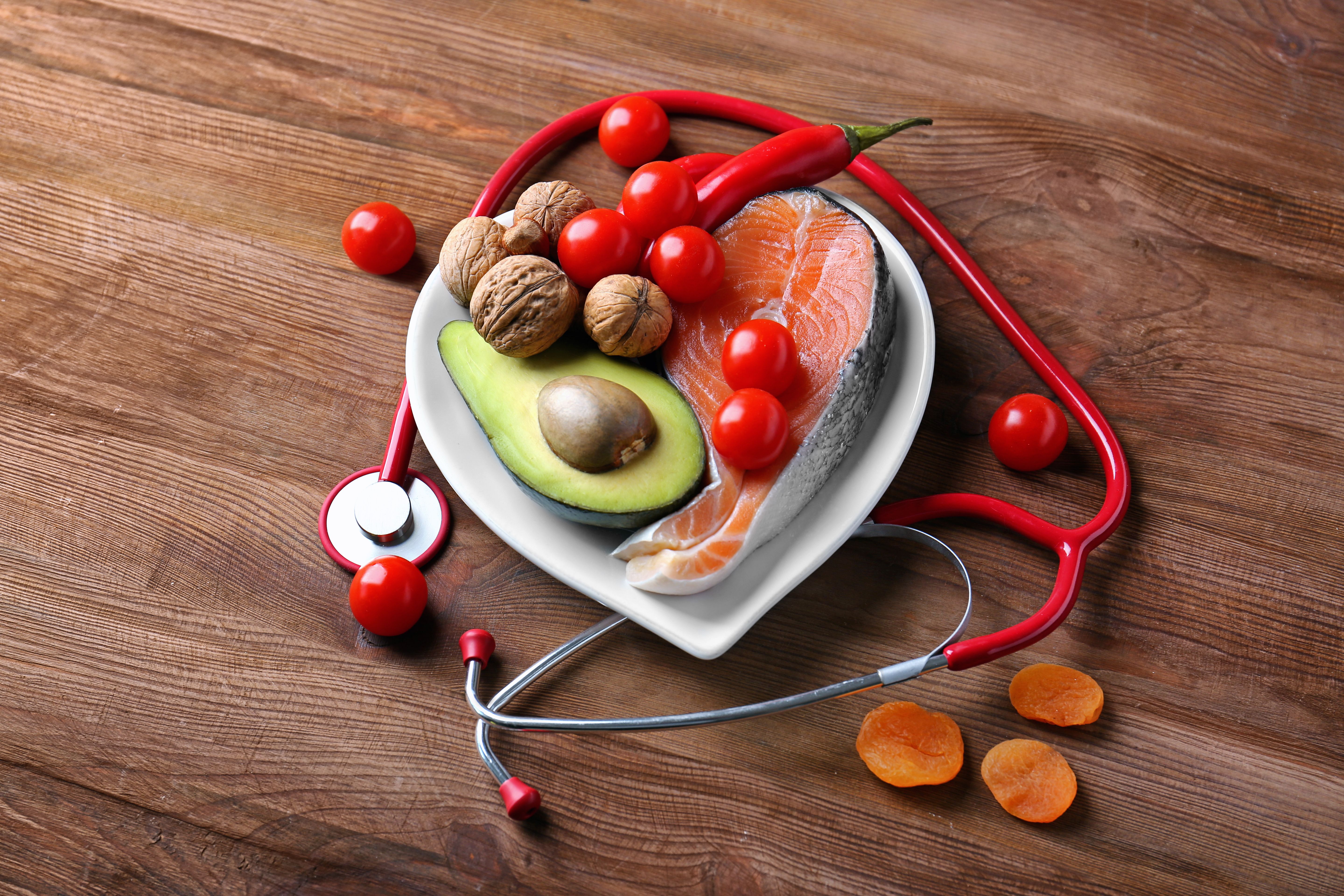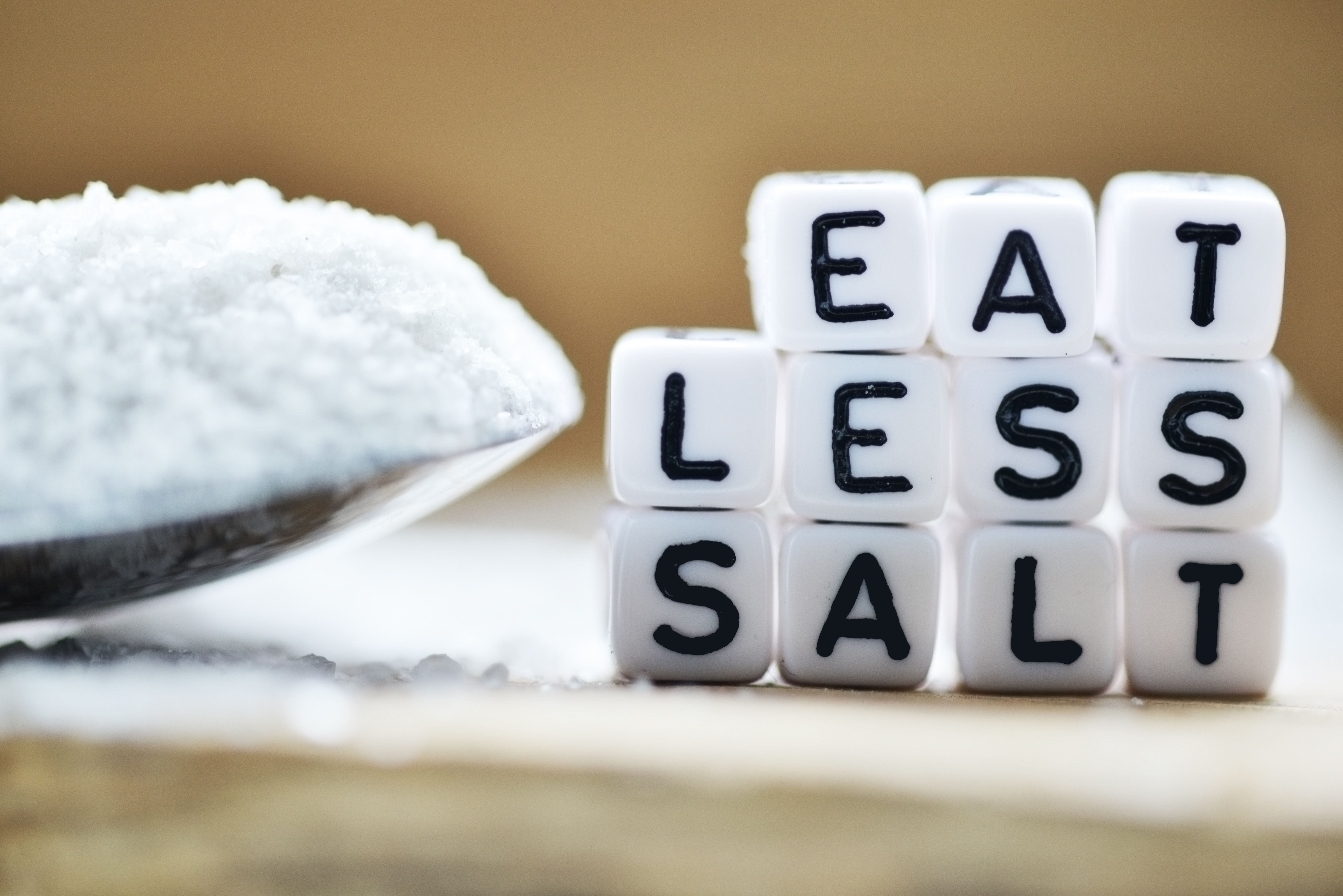Diet adjustment in case of congestive heart failure symptoms

There is no cure for heart failure. But what you eat can help you manage congestive heart failure symptoms and minimize their impact on your life.
What are congestive heart failure symptoms?1
Congestive heart failure, or heart failure, is a long-term condition that happens when your heart cannot pump oxygen- and nutrient-rich blood well enough to give your body a normal supply. Your heart is still working but because it cannot handle the amount of blood it should, blood builds up in other parts of your body. Most of the time, it collects in your lungs, legs, and feet.
Congestive heart failure symptoms can range from mild to severe, may come and go, and vary over time. They include:
- Shortness of breath
- Waking up short of breath at night
- Chest pain
- Heart palpitations
- Fatigue when you are active
- Swelling in your ankles, legs, and abdomen
- Weight gain
- Need to urinate while resting at night
- A dry, hacking cough
- A full, bloated, or hard stomach
- Loss of appetite
- Upset stomach
- Nausea
What are the keys of heart failure management?1-4
Treatment for heart failure helps manage symptoms, such as swelling. Your treatment will depend on the type of heart failure you have, and, in part, what caused it. But successfully living with heart failure also requires lifestyle changes, with dietary choices topping the list, to prevent your congestive heart failure symptoms from getting worse.

Lower sodium intake
Sodium restriction, with or without concomitant fluid restriction, which prevents worsening congestive heart failure symptoms, is perhaps the most widely used clinical nutrition therapy for patients with heart failure. A bit of sodium is essential within your diet, as the mineral helps your body maintain fluid levels. But take in too much sodium, and you can retain excess water. If you have heart failure, that is a big issue. With heart failure, your struggle to adequately pump blood can lead to fluid buildup in your body. This excess fluid can be anywhere, from your arms and legs to areas around critical organs such as your lungs. So, if you have heart failure and consume high amounts of sodium, you are basically boosting fluid retention in a system that is already flooding. That can send blood pressure numbers soaring. Reducing sodium in your diet lessens extra fluid retention, which can take some pressure off your hard-working heart.
Someone living with congestive heart failure symptoms should try to limit sodium consumption to less than 2000 milligrams per day, which is less sodium than what is in a teaspoon of table salt. Here are a few tips to help you reduce your sodium intake:
-
Hide or refrain from using your saltshaker.
- Use fresh herbs and spices, which can add flavor to meals without any sodium.
- Read nutritional labels on packaging: try to keep to a single serving of food containing less than 140 mg of sodium.
- Search out low-sodium or sodium-free products: low sodium means that food has 140 mg or less of sodium per serving; sodium-free means that food has less than 5 mg of sodium per serving.
- Focus on fresh foods, such as fruits and vegetables, fresh meats, dairy (yogurt and milk), unsalted nuts and seeds, fresh grains, and dried beans such as brown rice, wild rice, and oats.
- Limit processed and convenience foods: most of the sodium comes from them. By some estimates, more than 70% of consumed sodium is added during commercial processing.
- Cook smartly by avoiding high-sodium sauces, dressings, and seasonings during preparation.
Lower fat and cholesterol
The Mediterranean dietary pattern or MedDiet and the Dietary Approaches to Stop Hypertension or DASH dietary pattern are the most frequently studied dietary patterns, both preventing initial onset of heart failure as well as improving outcomes in those with preexisting heart failure. These dietary patterns share many common characteristics: both emphasizing fruits, vegetables, whole grains, and legumes while limiting saturated fatty acids or SFA. Whereas the DASH diet promotes a high potassium intake while limiting sodium, SFA, and total fat, the MedDiet emphasizes a greater intake of unsaturated fatty acids or UFA, which is composed of both monounsaturated and polyunsaturated fatty acids found in fatty fish, extra-virgin olive oil, canola oil, and mixed nuts.
Studies have shown that the rate of heart failure is lower in people who follow a DASH diet or a MedDiet. Here is some advice to lower your fat and cholesterol intake:
- Eliminate butter, shortening, and margarine
- Consume limited amounts of olive, peanut, and canola oils
- Avoid fatty cuts of meat
- Remove the skin from poultry
- Consume more fish
- Replace high-fat dairy with low-fat or nonfat options
- Eat whole grains for their high fiber content
- Limit condiments and salad dressings that are high in fat and sodium
- When preparing your food, avoid frying, and choose to bake, broil, poach, boil, or steam instead

Avoid alcohol
Excessive alcohol consumption is associated with several conditions that can affect your liver, kidneys, and heart. Heavy drinking can lead to high blood pressure, stroke, and heart failure as well as cardiomyopathy, which affects the heart muscle and can lead to heart failure. Having 5 or more drinks in 2 hours for men or 4 or more drinks for women leads to a higher risk of atrial fibrillation, which is a fast and irregular heart rhythm, which can lead to blood clots, stroke, and heart failure. The best approach is to drink in moderation, but if your congestive heart failure symptoms are linked to heavy drinking, it is best not to consume any alcoholic beverages at all.
Manage fluids
If you have congestive heart failure symptoms, drinking too many fluids may lead to swelling, weight gain, and shortness of breath. To prevent these symptoms, some people with heart failure may need to limit the amount of liquid in their diet. If it is your case, keep in mind that this restriction includes coffee, juice, milk, tea, soda, and water. Also limit yogurt, pudding, ice cream, and the juice in fruits. When eating soup, eat chunkier types that have high-fiber vegetables and leave the broth.